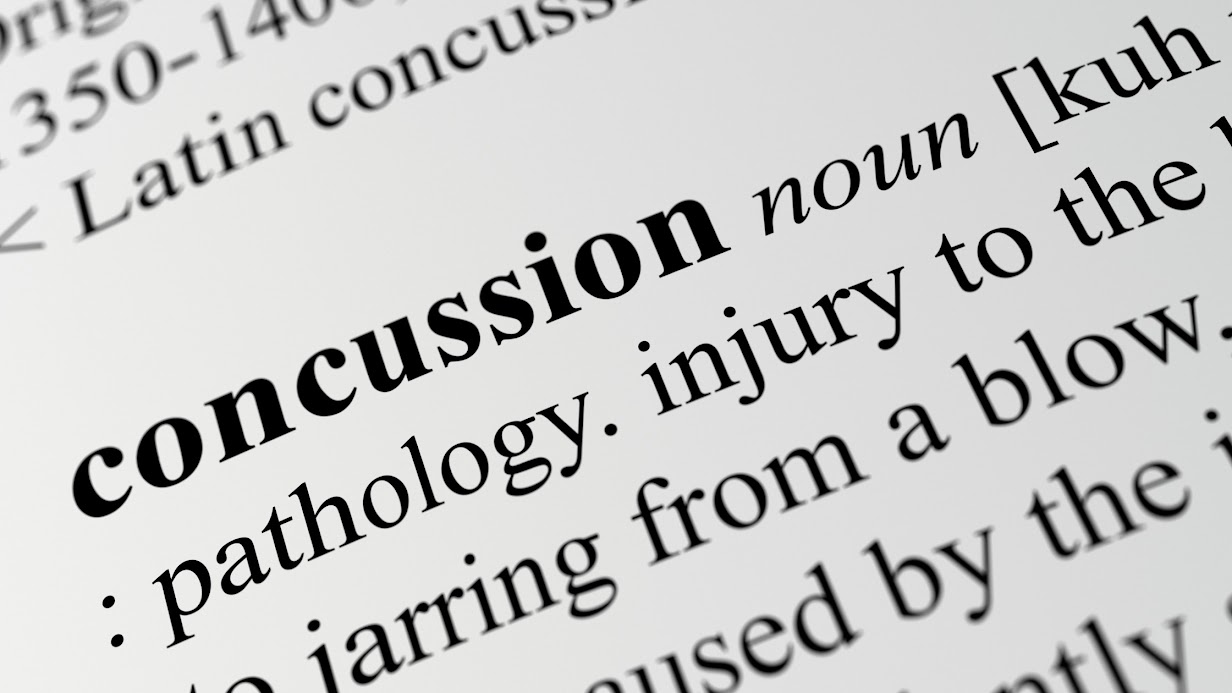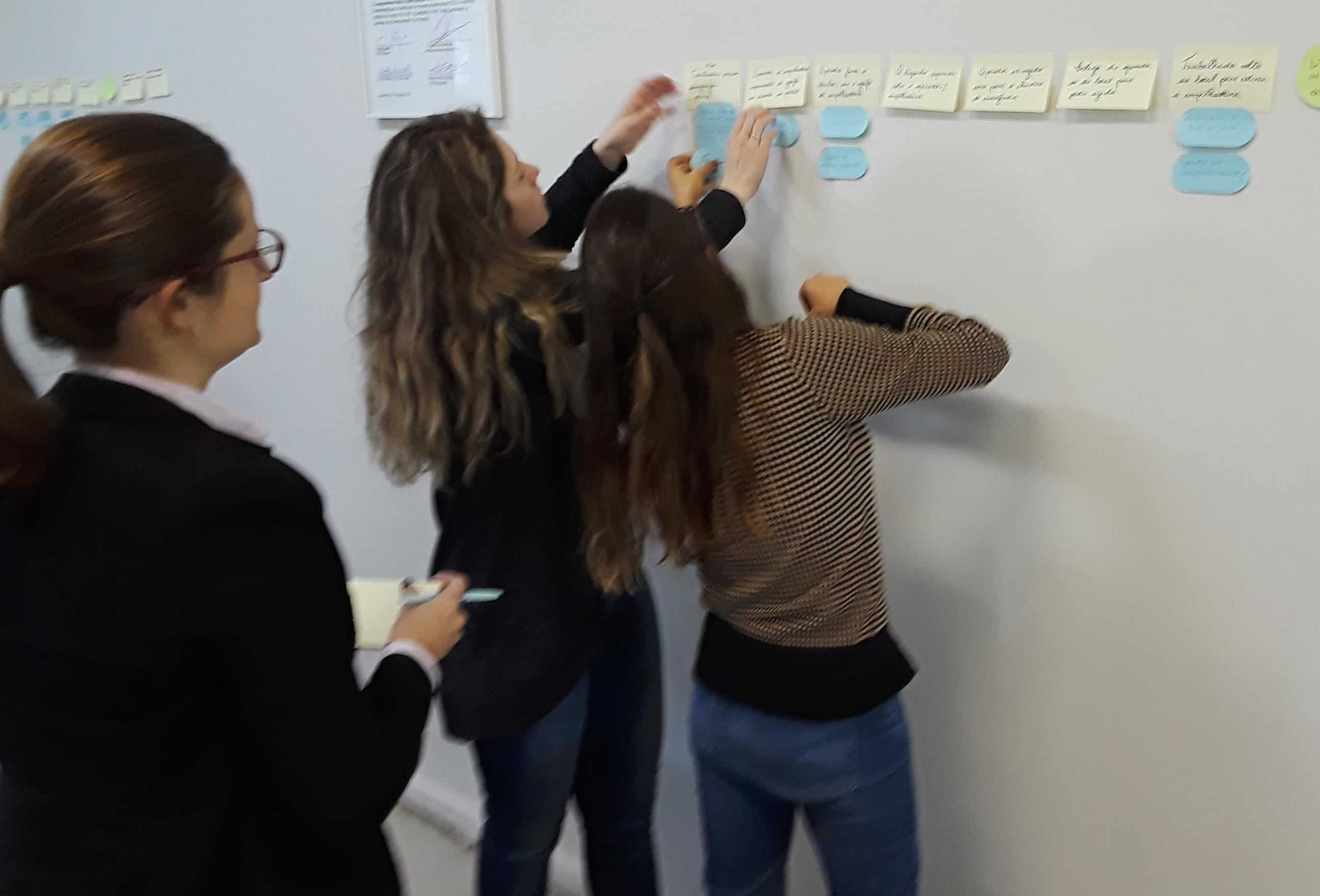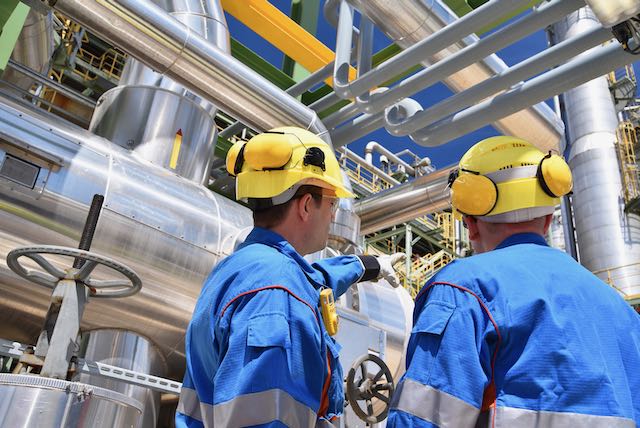Concussion Prompts Reconsideration of Work Hazards, Contingencies (What does a bad day look like?)

A concussion injury happened at an offsite location while an employee was collecting soil samples in an offsite forest late in the workday.
To access the collection site, the employee who suffered a concussion had to cross over a roadside berm that happened to have a fallen tree on top of it. The employee thought there was enough clearance to go under this tree. There was not, and the employee hit their head on the tree while attempting to go under it.
The employee did not fall or lose consciousness. They did experience pain in their neck, right shoulder,
and on the top of their head. The employee did not feel their injury was severe enough to stop work, so
they continued sampling.
While maintaining situational awareness could have prevented this concussion and most other concussions shared through occurrence reporting these days, the team that developed this* made a deeper dive and provided recommended actions applicable at and away from work.
The next day, the employee was driving home and noticed they had a headache, head pressure,
sensitivity to light, pain in their neck and shoulder, and nausea. The employee stopped to call an oncall nurse with their medical provider. The nurse assessed that the employee could continue driving
and scheduled a follow-up appointment for later that evening. The employee was diagnosed with a
possible concussion during this appointment.
The employee went to LLNL Health Services the following Monday morning. Health Services determined that the employee had sustained a concussion.
Almost every task, no matter how mundane or routine or where it is executed (work or home), has one or more hazards associated with it. We lose sight of these hazards because:
• We rarely encounter or experience the hazard(s),
• When we do experience a hazard, the consequences are minor and insufficient to drive change, or
• We perceive the minor consequences as “the” consequences and not as leading indicators of
something worse that can happen.
Analysis identified three contributors to the employee’s injury:
• Unexpected condition (i.e., pause work condition) not acknowledged and addressed: The fallen tree
obstructing access to the sampling location did not merit stopping work and returning to step 1 of the
job hazards analysis. It did merit pausing work long enough to identify options for getting to the other
side of the fallen tree (e.g., walking around or climbing over the tree as well as crawling under it), the
associated hazards and the means of addressing them.
• Time Pressure. The worker was under a time crunch to complete the task at the end of the workday.
The crew had an early morning start the next day and could not postpone sampling until the next day.
This resulted in the worker A) rushing to access the sampling site and B) not paying full attention to
safely navigating the gap between the fallen tree and the berm.
• Spatial Disorientation. The worker was wearing a sun hat, and its brim blocked the worker’s view of
anything that was overhead and near the worker. The worker could evaluate the space between the
tree and berm before attempting to navigate it. However, the worker could not see the tree while
attempting to pass below it.
The key contributor to not promptly reporting and treating the injuries was not anticipating
conditions/potential failures and providing contingencies in response to them. The soil sampling was
being performed in very remote areas out of cell phone range. The potential need for communications
provisions appropriate to the work location and conditions, first aid kits, first aid training, and personnel
immediately available to render assistance were not addressed.
Maintain disciplined operations in whatever work is being performed.
• Pause work when an unexpected condition is encountered. Use this opportunity to evaluate
the unexpected condition(s), corresponding hazards/risks, and the response(s) needed to proceed
safely.
• Put safety first, not the schedule.
• Maintain situational and task awareness. Whether you are stationary or moving, know and
understand your relationship to your work environment, the task, and its potential hazards. Be alert
to changes in the work environment and task that may affect your safety posture, and keep in mind
that some of these changes may be the result of progressing through the task.
Have your concept of remote location include whenever distance or a physical separation imposed by work conditions/controls makes A) worker access to aid or B) aid access to workers a challenge. Evaluate whether additional controls and/or contingencies should be developed and implemented when this concept of remote location is used.
• Have first aid kits available and provide worker first aid training.
• Have reliable communication devices that provide effective communication with other crew members
and outside assistance, and a communication/check-in plan (e.g., action to locate the worker will be
taken if communication is not made within a certain timeline) while in locations where cell phone
service is not adequate.
• In cases where reliable communication is not possible, consider using a buddy system to support
injury prevention and, if necessary, recovery. A buddy system can:
* Increase the likelihood that unusual/unexpected conditions are identified, eliminated or mitigated.
* Provide visual monitoring of crew members or periodic communication between crew members
when visual monitoring is not possible or practical.
* Allow crew members to provide immediate assistance when unusual/unexpected conditions result
in an injury or other undesired outcome.
Give greater scrutiny to potential hazards that the combination of work environment and work
process may expose workers to. Example: Workers taking soil samples generally have little need for
head protection simply because they are taking soil samples. However, when sampling in heavily
forested areas, beneath solar panels, or near equipment in the sampling area, workers are more likely to
position themselves where some of these will become overhead objects when workers bend over, kneel,
squat, or reach to access the sampling location. This combination of work environment and work
process merits consideration of head protection for this task.
• Your supervisor.
• Your Integrated Safety Team member.
Content and photo source/credit for this post: This Lessons Learned is from DOE OPEXShare, “Concussion Prompts Reconsideration of Remote Work Hazards and Contingencies,” published 11/15/2022, *Lawrence Livermore National Security (LLNS).
Sign up for a TapRooT® Root Cause Analysis Training Course
Circumstances can crop up anywhere at any time if proper and safe sequences and procedures are not planned and followed. We encourage you to learn and use the TapRooT® System to find and fix problems.
TapRooT® has a team of investigators and instructors with years of extensive training ready to offer assistance worldwide. We also offer ongoing support to our clients through free newsletters and Root cause tip videos, the root cause analysis blog, and our annual Global TapRooT® Summit.
Register for one of our courses. We offer a basic 2-Day course and an advanced 5-Day course.
Contact us or call 865.539.2139 about having a course at your site or for further root cause analysis opportunities. We’re here to find solutions for you.
TapRooT® courses are taught all over the world; if you need specific times or locations, please see our full selection of courses. We are also available to train you and your staff on-site at your workplace; reach out to discuss your needs. Call us at 865.539.2139 for any questions you may have.



